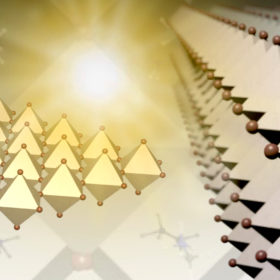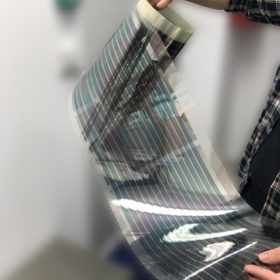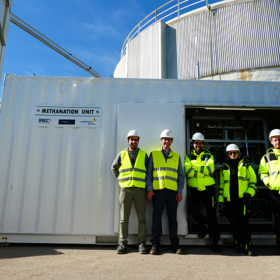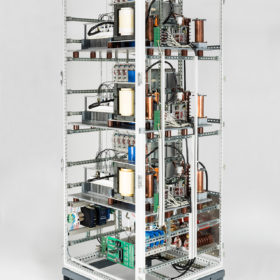U.S. scientists develop scale for measuring perovskite energy
A team from Rice University and Los Alamos National Laboratory has been able to observe electronic properties of perovskites at the quantum scale, and made discoveries likely to impact the development of perovskite solar cells.
India to launch its own battery cell production
India’s PV sector is expanding at a serious pace, creating jobs and further securing energy supply for many businesses. Yet, sourcing battery cell technology at the current rate resulted in annual foreign exchange of $150 million creating deficits, that hopefully can be averted in the future.
Solaredge: Designing rooftop system with new web-based software
With a growing global residential PV market, software solutions to optimize rooftop systems have spawned. Last year the PV market grew by 29% with no sign of decelartion in sight. Optimizing installations and making them as convenient as possible has thus become a hotter market recently.
Greek researchers hit new efficiency landmark for single-junction OPV cells
While intriguing, OPV technology has yet to achieve the commercial efficiency yield to be a serious competitor. Research institutes and companies worldwide are exploring compound and manufacturing methods as organic PV yields rise.
Gas Natural Fenosa launches power-to-gas project as advocates of the technology call for policy clarity
The Spanish power provider developed the pilot project with the Institut de Recerca en Energia de Catalunya and German spin-off Ineratec. Meanwhile, the European Power to Gas Platform has issued a paper demanding more regulatory certainty for power-to-gas, and to include it as an alternative in the cost-benefit analysis for grid extensions.
Jinko’s approach to PID-resistant PV modules
Talking to pv magazine, Andrea Viaro, head of technical service Europe for JinkoSolar, explains how the Chinese manufacturer is dealing with PID degradation.
Fraunhofer ISE launches grid-stabilizing high-voltage inverter
The new inverter was developed in the HV-SiC project under the Future Electricity Grids funding program financed by the German Federal Ministry of Education and Research (BMBF). The inverter can regulate power currents of up to 10-15 kV more than ten times higher than regular silicon inverters. Fraunhofer says this makes new system architectures for power grids and plants conceivable.
Organic photovoltaics designed by AI at Osaka University
Cheap-to-produce OPV are the focus of research and although the struggle to get beyond 13% efficiency has hindered commercialization, organic PV can be made translucent, making it potentially ideal for applications such as PV-generating windows.
Toshiba to start power-to-gas supply chain demonstration in Japan
Toshiba has begun a large power-to-gas demonstration project in Japan. In spite of low efficiency and high prices, hydrogen is researched by many companies. In this demo, facilities are powered by Toshiba’s fuel cells, which receive hydrogen from an adjacent hydropower hydrogen generation facility.
Solarworld has ten offers for its cell production
At the end of the week the production line of the insolvent German PV manufacturer will be closed down. Its insolvency administrator wants to continue paying salaries until the end of September, as he sees good prospects for the acquisition of Solarworld’s cell production facilities.










